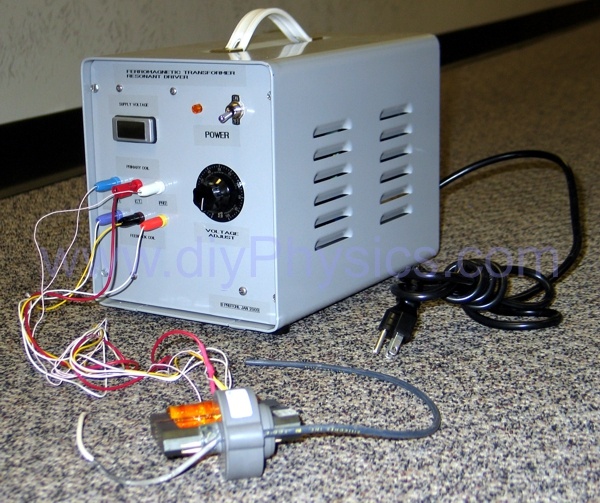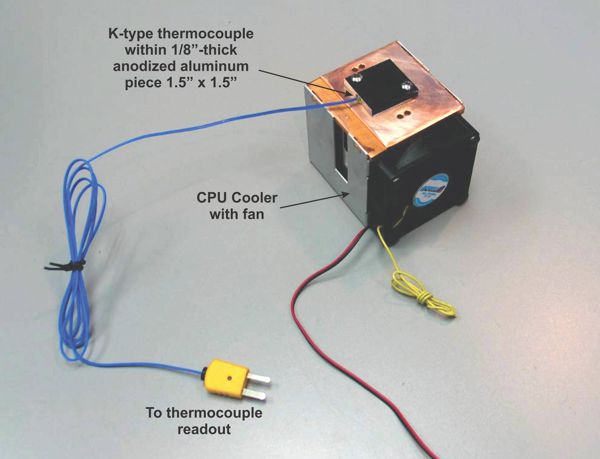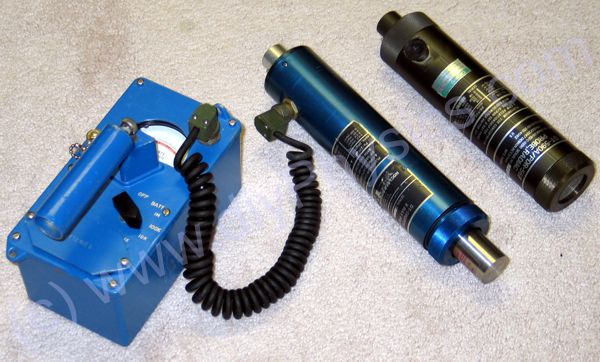
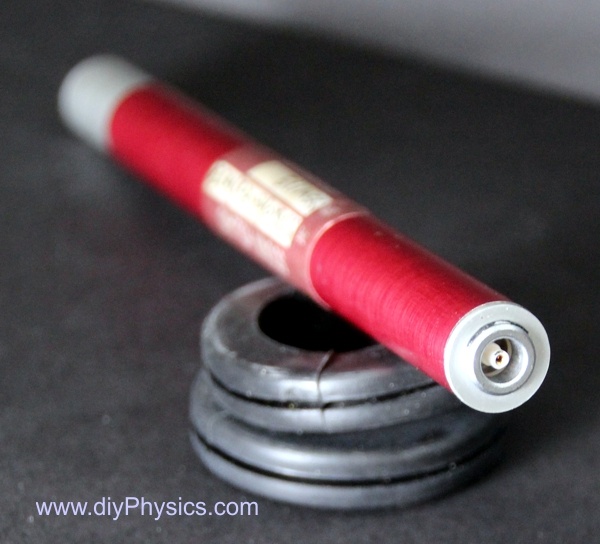
Scionix in The Netherlands has taken advantage of the recent development of miniature mesh-type dynode photomultiplier tubes to construct small-diameter scintillation probes. Scionix’s miniature probes incorporate one of those PMTs, a NaI(Tl) scintillation crystal, and a built-in dynode voltage divider. Connection to the probe is made through a miniature high-voltage locking coaxial connector. Finding a mating connector is the main problem faced by enthusiasts who find these probes in the surplus market. Continue reading

 Many surplus scintillation probes have a single connector through which the PMT is fed with high voltage and the anode signal is output. However, this may require an external “Bias-T” (a high voltage / signal splitter) to connect the probe to a high-voltage power supply that is separate from the PMT amplifier/processor.
Many surplus scintillation probes have a single connector through which the PMT is fed with high voltage and the anode signal is output. However, this may require an external “Bias-T” (a high voltage / signal splitter) to connect the probe to a high-voltage power supply that is separate from the PMT amplifier/processor. 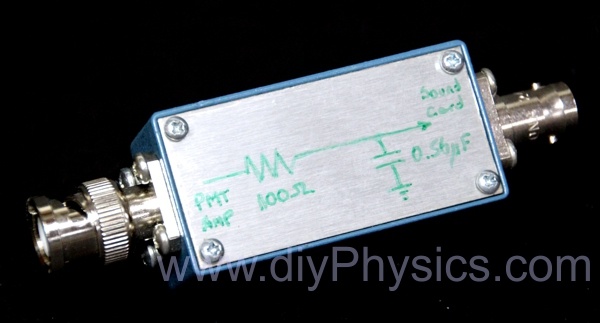 Figure 34 in the
Figure 34 in the 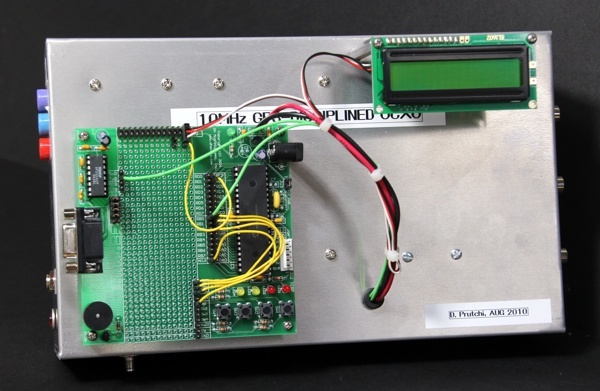

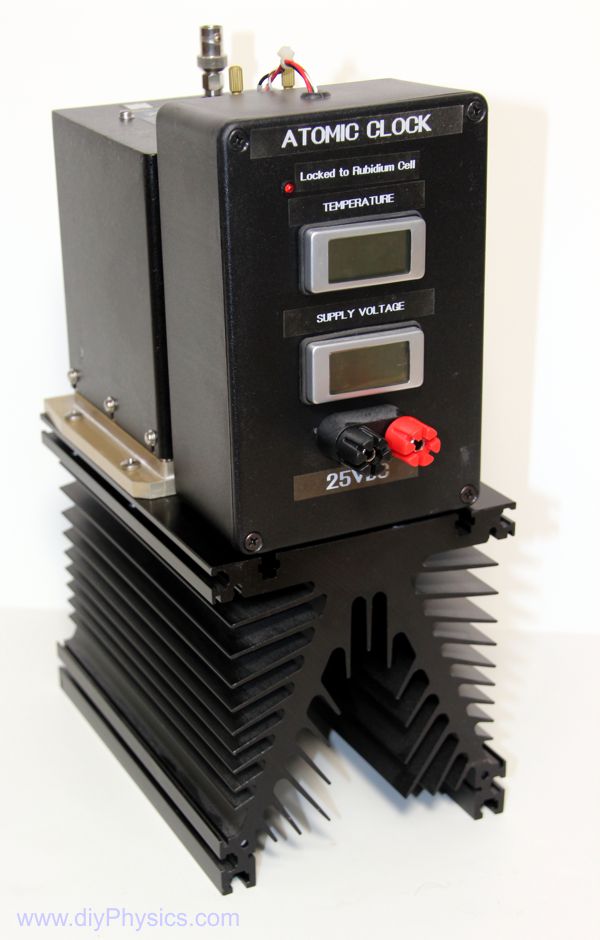
 Experimental chemistry is not our forte, so we prefer to use professionally-manufactured quantum dots for the Schrödinger’s Wave Equation experiments we discuss in the
Experimental chemistry is not our forte, so we prefer to use professionally-manufactured quantum dots for the Schrödinger’s Wave Equation experiments we discuss in the 
